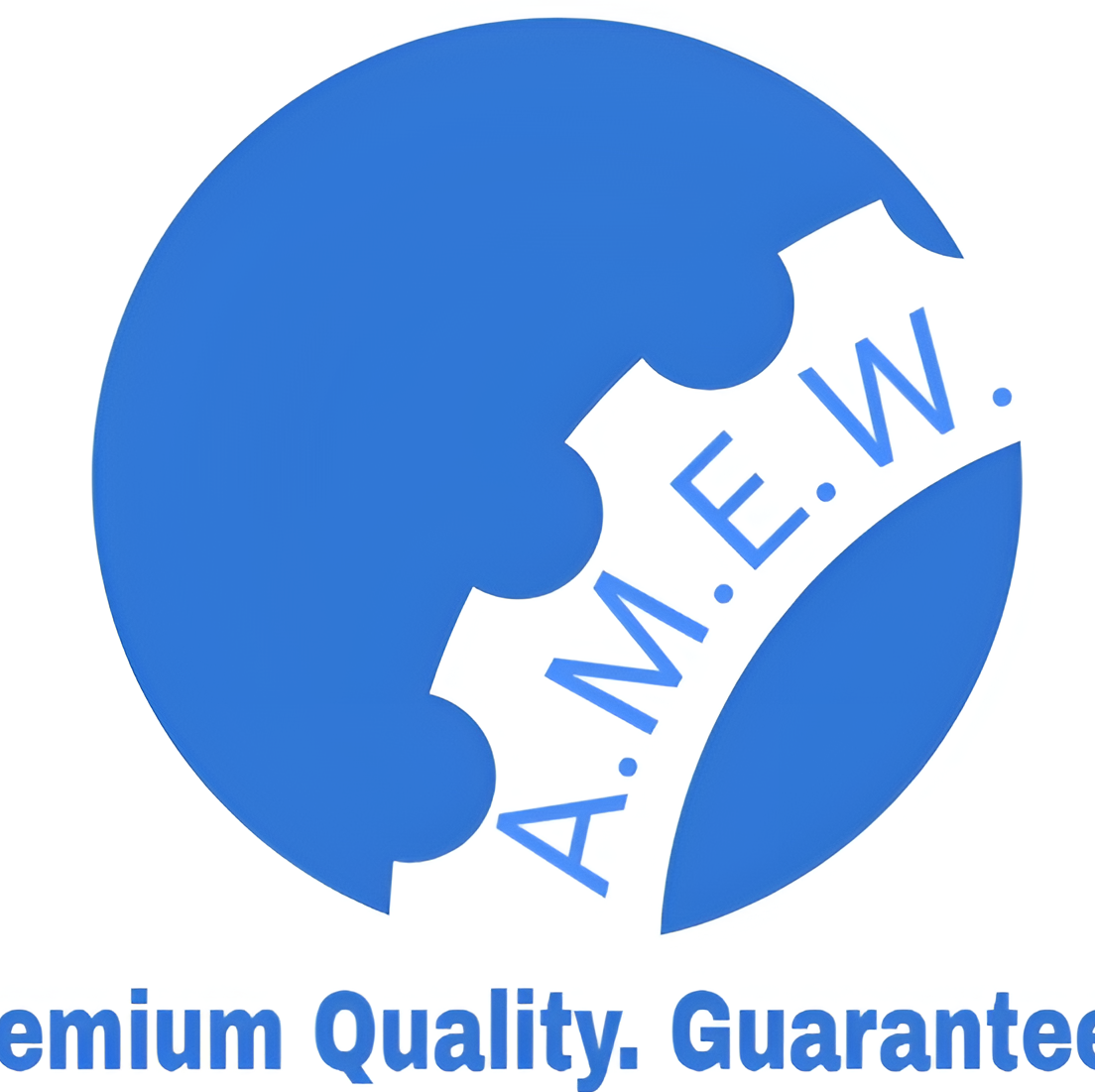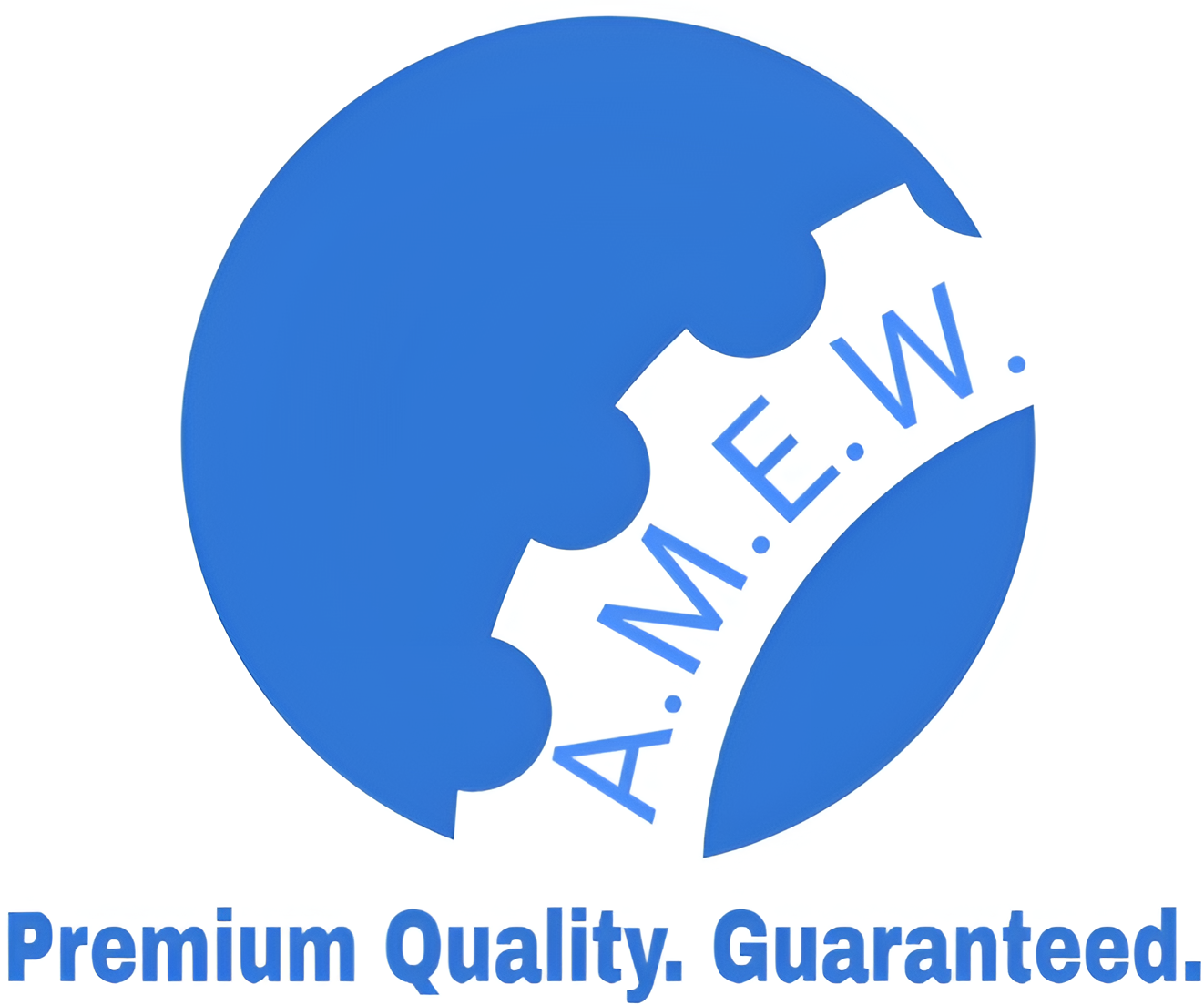A Comprehensive Guide to Furnace Welded Pipes
Furnace welded pipes have been a key component of industrial applications for decades, driving advancements in construction, manufacturing, and energy. Often overshadowed by more modern welding techniques, this traditional method remains relevant for specific use cases where its unique benefits shine.
This blog will walk you through everything you need to know about furnace welded pipes—from their origins and manufacturing process to their types, applications, and quality standards. Whether you’re a professional in the industry or someone curious about industrial processes, this guide will provide valuable insights.
What Are Furnace Welded Pipes?
Furnace welded pipes, also known as continuous welding pipes, are formed through a process where steel strips are heated in a furnace and joined together under pressure to create a seamless bond.
Historical Background
Initially developed during the Industrial Revolution, furnace welding became one of the earliest methods for producing high-quality pipes for industrial use. These pipes were widely used in boilers, water distribution systems, and gas carriers due to their strength and durability.
Though modern welding methods such as electric resistance and submerged arc welding now dominate, furnace welded pipes are still employed in specific applications where their unique characteristics are highly valued.
How Are Furnace Welded Pipes Made?
The furnace welding process is a blend of heat and mechanical pressure, expertly applied to create a strong and continuous weld. Here’s a step-by-step breakdown of the manufacturing process:
- Steel Strip Preparation
To begin, hot rolled strips of steel are cut into the required width for the pipe’s diameter. The edges are trimmed clean to ensure a perfect joint for the welding process.
- Heating in a Reheat Furnace
The steel strip is fed into a furnace where it is heated to a specific temperature, making it malleable and ready for forging.
- Shape Formation
The heated strip is bent into a circular shape using rollers or forming machines, preparing it for the welding stage.
- Forge Welding
The edges of the heated strip are pressed together under immense mechanical force to create a continuous weld. This step does not use filler materials, setting furnace welding apart from other techniques like arc welding, which require additives.
- Finishing and Cooling
The welded pipe is passed through cooling zones and later sized to the precise dimensions required by the customer. The external weld seam may also be removed as part of the finishing process.
- Quality Inspection
Each pipe undergoes a series of quality control procedures (more on this below) to ensure it meets the required standards and is free of defects.
The furnace welding process is relatively straightforward but demands exceptional precision to deliver high-quality, uniform pipes.
Types and Standards of Furnace Welded Pipes
Furnace welded pipes come in a variety of forms depending on their dimensions, steel grades, and applications.
Common Types
- Boiler Tubes: Widely used in power plants and industrial boilers, these pipes are designed to withstand high temperatures and pressures.
- Water and Gas Pipes: Designed for low-pressure water conveyance and natural gas transport.
- Conveyor Pipes: Utilized in industrial conveyor systems to move materials efficiently.
Industry Standards
Standardized specifications help ensure the suitability of furnace welded pipes across applications. Common standards include:
- ASTM A53 (American Society for Testing and Materials): Covers black and hot-dipped galvanized welded steel pipes, primarily used for mechanical and pressure applications.
- BS7 (British Standards): Specifies requirements for pipes used in water, gas, and air systems.
By adhering strictly to these standards, manufacturers create products that meet industry expectations for safety, performance, and reliability.
Applications Across Industries
Furnace welded pipes find practical use in numerous fields, thanks to their versatility and durability.
Construction and Infrastructure
These pipes are employed in structural frameworks, water supply lines, and sewage systems, forming the backbone of many essential infrastructure components.
Energy and Power Plants
Within boilers and heat exchangers, furnace welded pipes carry fluid at high temperatures and pressures, ensuring smooth and reliable energy production.
Agriculture
Used in irrigation and drainage systems, these pipes provide a cost-effective solution for managing water on large farming operations.
Industrial Manufacturing
Factories rely on these pipes in conveyor systems to transfer raw materials and finished products efficiently.
Oil and Gas
Despite shifts to more advanced welding processes, furnace welded pipes are still utilized in select areas of low-pressure oil and gas distribution.
Advantages and Disadvantages of Furnace Welded Pipes
To truly understand where furnace welded pipes stand, it’s essential to weigh their pros and cons.
Advantages
- Cost-Effective: The furnace welding process is relatively economical compared to other methods like electric resistance welding (ERW).
- Simpler Manufacturing: With fewer components and steps, the production process is straightforward and efficient.
- Durability: Well-made furnace welded pipes demonstrate impressive structural integrity and resilience.
- Customizable Sizes: Manufacturers can easily adapt the design to meet specific diameter and length requirements.
Disadvantages
- Limited Strength: Furnace welding cannot match the strength of more modern processes like double submerged arc welding (DSAW).
- Quality Variability: This traditional method is more prone to defects, requiring rigorous quality control.
- Limited Applications: Due to pressure limitations, usage is restricted to low and medium-pressure scenarios.
Stringent Quality Control and Testing
Quality control is critical in the production of furnace welded pipes to ensure safety and compliance with industry standards.
Common Tests Performed
- Non-Destructive Testing (NDT)
Methods such as ultrasonic and radiographic testing are employed to detect hidden flaws in the pipes.
- Hydrostatic Testing
Each pipe undergoes pressure tests to ensure there are no leaks or weaknesses in its structure.
- Visual and Dimensional Inspection
Pipes are checked for visible weld faults, uneven edges, or incorrect dimensions.
Through detailed testing procedures, manufacturers can guarantee that their furnace welded pipes deliver the reliability and performance expected by their customers.
What Lies Ahead for Furnace Welded Pipes
While the dominance of furnace welding has waned with the rise of more advanced technologies, it continues to hold relevance in niche applications. Ongoing innovations in materials and welding technologies may bring new efficiencies and expand the use cases of this trusted manufacturing method.
For industries prioritizing cost, ease of production, and reliable yet straightforward performance, furnace welded pipes remain a valuable option.
Want to Learn More?
Are you considering furnace welded pipes for your next project? Contact our experts or explore our product lineup to find the perfect fit for your requirements.

